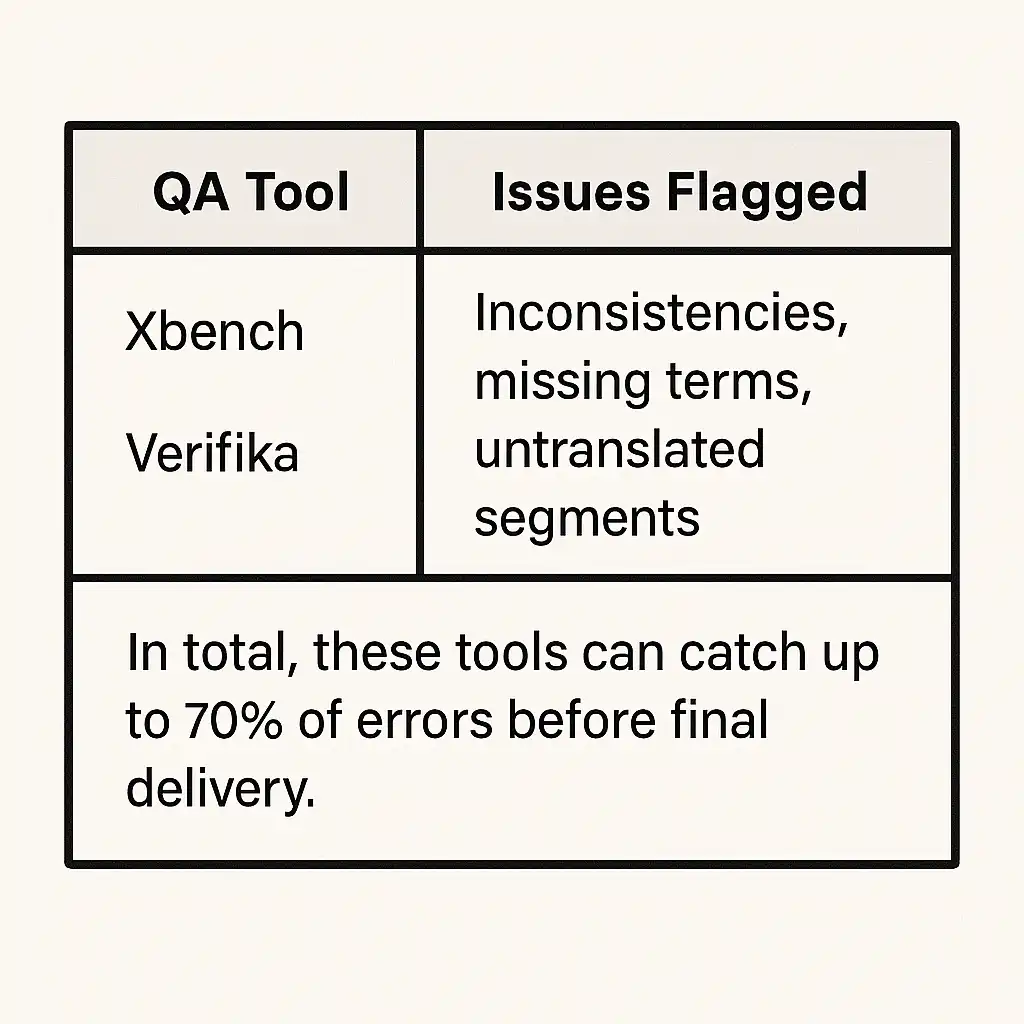How do translators keep consistency in large projects?
In large-scale translation projects—spanning hundreds of pages or involving multiple translators—consistency is not just desirable, it’s essential. Without it, meaning can drift, tone can fluctuate, and clients may lose trust.
Translators maintain consistency through tools, teamwork, and rigorous workflows.
This article explains how professional translators ensure that terminology, tone, and structure remain uniform across large, complex projects. If you’re managing or commissioning a translation, knowing this process can help you ask for the right things.
Centralized Tools Keep Language Uniform
Consistency starts with tools. The most widely used ones include translation memory (TM) systems and terminology databases. Translation memory stores previously translated segments and suggests them when the same or similar text appears again. Terminology databases define how specific terms—especially technical or branded language—should be translated.
As a general rule, translators working on large projects rely on CAT (Computer-Assisted Translation) tools such as SDL Trados, MemoQ, or Wordfast.

According to a 2023 CSA Research report, over 85% of professional translators use TM systems in their daily work.
Teams also establish a project-specific glossary at the start. For example, in an IT user manual, “server,” “client,” and “backup” must be used in precise, consistent ways. This glossary evolves as the project progresses and is shared among all translators and reviewers.
What happens when multiple translators collaborate on the same project?
Large projects often require multiple translators. In such cases, style guides and shared translation memories become the glue. These guides outline tone, punctuation preferences, and formatting conventions—like always translating “email” as “correo electrónico” in Spanish.
On average, project managers appoint a lead linguist or reviewer to supervise consistency across contributors. This person checks the translated sections and gives feedback. Weekly check-ins, cloud-based platforms, and real-time glossaries help align everyone involved.
How Is Quality Checked?

Still, human review remains essential. A second linguist often does a full review, ensuring style, accuracy, and coherence align from page one to the final word.
What Role Does the Client Play?
Clients often provide reference materials—past translations, product manuals, or brand guidelines. When used correctly, these resources help translators stay aligned with the client’s voice and prior content.
The more involved the client is during setup (e.g., approving glossaries, answering queries), the more consistent the output will be.
READ MORE: What Should I Provide? What is “Source Document?”
Why Does Consistency Even Matter?
Inconsistent translation can confuse readers, weaken brand identity, and cause legal or technical misunderstandings. For regulated industries—like pharmaceuticals or law—even one misused term can be critical.
As a general rule, consistency isn’t just about style—it’s about trust, safety, and professional credibility.
Consistency is the backbone of any successful large-scale translation project. It’s what transforms a collection of translated pages into a unified, professional whole. By using the right tools, setting clear guidelines, and fostering close collaboration between translators, reviewers, and clients, language service providers can ensure that every term, phrase, and sentence aligns with the project’s goals. Whether you’re managing a translation project or commissioning one, understanding and prioritizing consistency will not only improve quality—it will protect your message, your brand, and your credibility.
